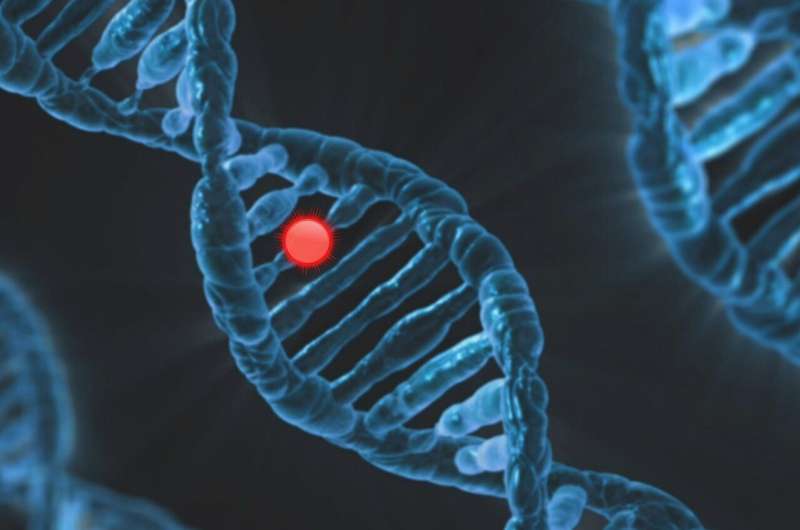Innovative Bioinformatics Tool Identifies Cancer-Related Changes in Single-Cell and Spatial Data

A new bioinformatics software called Cell Marker Accordion enhances the identification and understanding of cell types in single-cell and spatial omics data, supporting cancer research and clinical diagnostics.
Recent advances in single-cell and spatial data analysis have significantly transformed biomedical research, enabling scientists to observe cellular processes within biological samples at an unprecedented resolution. However, interpreting this complex data remains challenging, especially given the variety of software tools producing differing results, which complicates comparison and validation.
Addressing this challenge, a research team from the University of Trento, in collaboration with Yale University, the University of Trondheim, and several Italian research institutes, has developed a novel bioinformatics tool called the "Cell Marker Accordion." This innovative software aims to streamline the identification of cell types in high-dimensional genomic data, making the process more transparent, robust, and accessible. The research findings have been published in Nature Communications.
"With Cell Marker Accordion, our goal was to create a tool that not only classifies cells accurately but also elucidates the rationale behind each classification," explained Emma Busarello, a Ph.D. candidate and lead author of the study. "Many existing programs provide results without transparency regarding how conclusions are reached. Our tool strives to fill this gap, which is critical for clinical applications."
Named after the flexible, harmonizing nature of an accordion, this software consolidates diverse datasets to deliver consistent and reliable cell annotations. It is tailored to detect cell types in biological samples under both normal and pathological conditions, including the presence of leukemic stem cells or tumor plasma cells. Moreover, it offers insights into the genes responsible for cellular alterations, aiding in biomarker and therapeutic target discovery.
Professor Toma Tebaldi, a senior researcher involved in the project, emphasizes that the software not only identifies cell types but also highlights gene expressions that define their uniqueness. This functionality can accelerate the identification of new biomarkers and potential drug targets.
Accessibility is a key feature, as the Accordion is available both as a user-friendly web interface and as a software package for bioinformatics experts. The development involved multidisciplinary teams focusing on various cancer types, with contributions from research groups in Italy, Norway, and the United States.
Looking ahead, the team aims to continuously update the tool to accommodate new data types and scientific discoveries, ensuring it remains a reliable resource for the research community.
"Maintaining and improving scientific software is essential to support ongoing research and clinical innovation," concluded Tebaldi.
Stay Updated with Mia's Feed
Get the latest health & wellness insights delivered straight to your inbox.
Related Articles
Critical Gene for Vitamin D Absorption Could Pave the Way for New Cancer and Autoimmune Treatments
Emerging research identifies the SDR42E1 gene as essential for vitamin D absorption, offering new pathways for targeted cancer and autoimmune disease treatments by regulating vitamin D metabolism.
Major Update Incorporates Optic Nerve in Multiple Sclerosis Diagnostic Criteria
A major revision to multiple sclerosis diagnostic criteria now includes the optic nerve as a key site for lesion dissemination, enhancing early and accurate diagnosis using advanced imaging and biomarkers.



